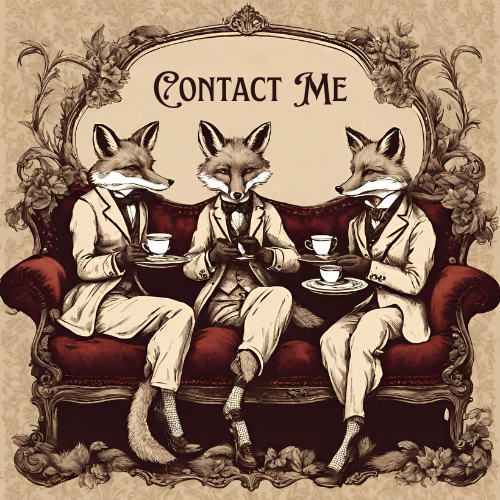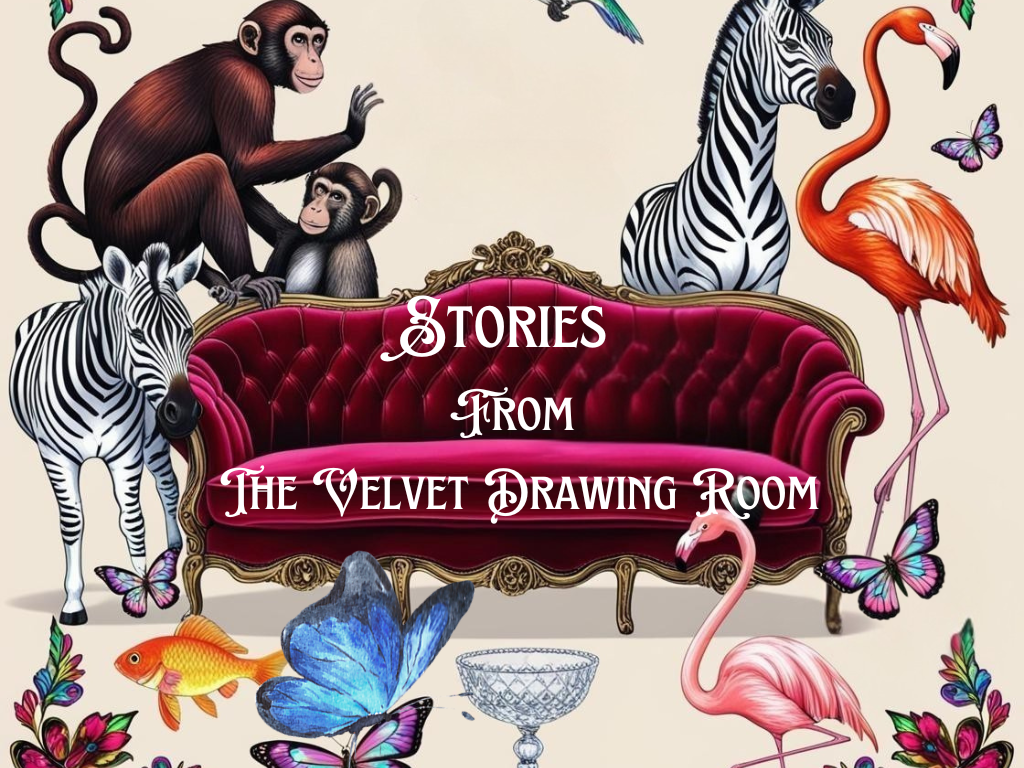Today’s Taxidermy Revival
Taxidermy has come back in from the cold to become ultra chic. Taxidermy animals (including replicas) are appearing everywhere. Artists are using it. Museums are promoting their historic collections again.
The best of Victorian taxidermy is now haute couture design chic and is sought after by collectors and enthusiasts.
Top interior designers today use the best taxidermy as centrepieces in their home décor designs.
Some dealers specialise in taxidermy and only trade in the good pieces, some at eye-watering prices.
The best examples, the work of the better professional taxidermists, are in a class of their own.
Collectors look for the best cases by the top makers but these are relatively rare now. After all, they aren’t making any more of them. Added to the rarity the condition must be good. If you can find something uncommon or unusual at the same time, then you’ve hit the jackpot. But before you buy it, there’s something even more important than these things; above all else you must LOVE it at first sight, and ask questions later.
Some of the top Victorian makers included Rowland and Henry Ward, Henry Murray, Peter Spicer, Thomas Gunn, James Gardner, Edward Gerrard, Henry J Burton & Son, and there are several more – all super-collectible. Their quality stands out, and these days they are coveted by collectors from all over the world.
The prices of some of these super examples can be significant, and they’re still rising. I have no doubt at all that prices will continue to rise and – if you know what you are looking at – then it’s a smart investment, but as a collector never buy just to make money, because it doesn’t work like that!







Discover more from thevelvetdrawingroom.co.uk
Subscribe to get the latest posts sent to your email.




















